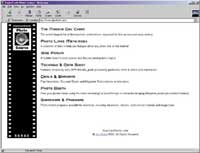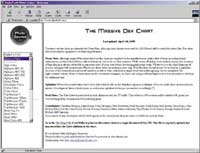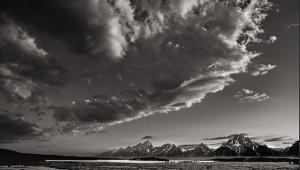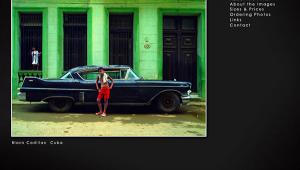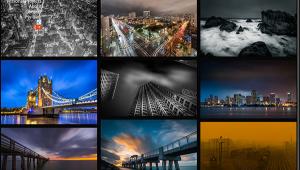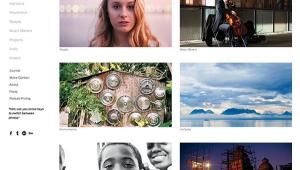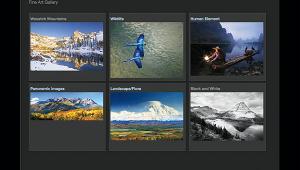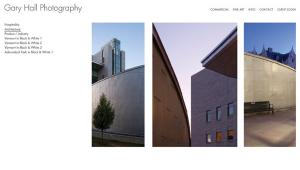Web Site Of The Month
DigitalTruth Photo Source
This issue's Web Site
of the Month is DigitalTruth: Photo Source, which can be found on the
World Wide Web at www.digitaltruth.com.
The content on this web site is real proof that digital technology can
peacefully coexist within a site that's mostly focused on traditional
photographic imaging. |
|||
Photo Links Meta-Index.
Links are the glue that holds the WWW together and lets you move
seamlessly from one home page to another. This set of links is designed
to help you find "just about any photo site of the Internet."
It's a good source of data for web sites about photographic techniques,
and you'll find information on traditional as well as digital imaging
techniques. Given the film and darkroom orientation of Digital-Truth,
I was surprised to find that the numbers of links for digital imaging
are greater than the links for traditional photography. There are few,
if any manufacturer's sites listed, so I'd suggest another
place to compliment the links you'll find here. The Meeting Place
for Photography (www.fotograaf.com/
links3.htm) is a comprehensive listing for most photographic manufacturer's
web sites that are located in the US, Europe, and Japan. |
|||
Technique And Data
Sheet. There's tons of photographic darkroom advice to
be found here, beginning with information on reciprocity failure and filter
factors, but also tips on making a cyanotype along with how to make and
use a chromium intensifier. Darkroom fans will find the formula for Farmer's
Reducer--subtractive and proportional--along with instruction for its
use. When I last visited not all of this section was complete. The information
on sepia toner, for example, was not completed, but the formula and instructions
for using Fix Test were. All of the formulas shown in this section contain
weights and measures in grams or milliliters, so the Webmaster kindly
includes a brief conversion chart for those of us who are not Metric-aware. Here To Stay? |
